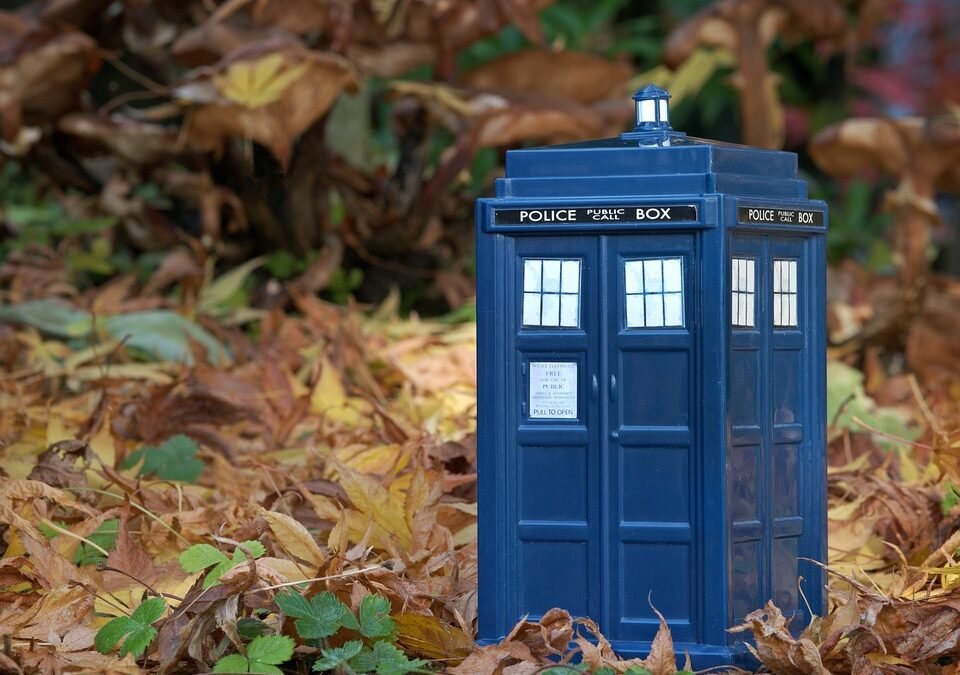Designing NFTs: A New Frontier for Digital Artists
Introduction
In recent years, the emergence of Non-Fungible Tokens (NFTs) has revolutionized the way digital artists create, sell, and monetize their work. NFTs have become a new frontier for digital artists, offering them unique opportunities to showcase their creativity and reach a global audience. This article explores the process of designing NFTs, from concept to creation, and delves into the potential benefits and challenges faced by digital artists in this exciting new realm.
I. Understanding NFTs
1.1 What are NFTs?
NFTs are unique digital assets that represent ownership or proof of authenticity of a specific item or piece of content, such as artwork, music, videos, or even virtual real estate. Unlike cryptocurrencies like Bitcoin or Ethereum, which are fungible and interchangeable, NFTs are indivisible and cannot be exchanged on a one-to-one basis.
1.2 How do NFTs work?
NFTs are built on blockchain technology, typically utilizing the Ethereum blockchain. Each NFT is associated with a specific smart contract that contains metadata, including details about the asset, its ownership history, and the artist’s information.
1.3 What makes NFTs valuable?
The value of NFTs comes from their uniqueness and scarcity. Each NFT represents a specific digital item that cannot be replicated or replaced. This scarcity, combined with the growing demand for digital collectibles and artwork, has driven the market for NFTs to new heights.
II. Designing NFTs: A Step-by-Step Guide
2.1 Conceptualizing the NFT
The first step in designing an NFT is to conceptualize the artwork or content that will be transformed into a digital asset. Digital artists can explore various ideas, themes, and styles to create something unique and visually appealing.
2.2 Creating the Digital Artwork
Once the concept is finalized, digital artists can start creating the artwork using their preferred digital tools and techniques. This could include digital painting, 3D modeling, generative art, or any other medium that suits their creative vision.
2.3 Minting the NFT
To mint an NFT, artists need to choose a platform or marketplace that supports NFT creation and sales. Platforms like Opensea, Rarible, and SuperRare provide artists with the necessary tools to mint their digital assets and showcase them to potential buyers. Minting involves uploading the artwork, adding relevant metadata, setting a price, and selecting the number of editions or whether it will be a one-of-a-kind piece.
2.4 Setting a Price and Royalties
Artists have the freedom to set the price for their NFTs, whether it be a fixed value or through an auction system. Additionally, artists can set royalties, allowing them to earn a percentage of future sales whenever their NFTs are resold on the secondary market. This creates a unique opportunity for artists to benefit from the increasing value of their work over time.
III. Benefits and Challenges for Digital Artists
3.1 Benefits of NFTs for Digital Artists
– Ownership and Authenticity: NFTs provide digital artists with a secure and verifiable way to prove ownership and authenticity of their work, mitigating issues of copyright infringement and unauthorized reproductions.
– Direct Monetization: NFTs enable artists to directly monetize their digital creations without the need for intermediaries like galleries or agents. This allows artists to retain a higher percentage of the sales revenue.
– Global Reach and Exposure: NFTs provide digital artists with a global platform to showcase their work and reach a vast audience of art enthusiasts and collectors. This exposure can lead to collaborations, commissions, and increased recognition within the art community.
3.2 Challenges for Digital Artists in the NFT Space
– Environmental Concerns: The high energy consumption associated with blockchain technology, particularly in the case of Ethereum, has raised concerns about the environmental impact of NFTs. However, efforts are being made to explore more sustainable alternatives.
– Market Saturation: The rapid growth of the NFT market has led to a saturation of digital artworks and content. Standing out among the competition requires artists to create unique and compelling pieces that resonate with collectors.
– Copyright and Intellectual Property Issues: Despite the secure nature of blockchain technology, there have been instances of unauthorized use or distribution of copyrighted material. Artists must remain vigilant and take necessary precautions to protect their intellectual property rights.
FAQs
Q1: How do artists earn money from NFTs?
Artists earn money from NFTs through the initial sale of their digital assets and subsequent sales on the secondary market. Additionally, artists can receive royalties whenever their NFTs are resold, ensuring ongoing revenue streams.
Q2: Can physical artwork be turned into an NFT?
Yes, physical artwork can be transformed into an NFT through the process of digitization. Artists can photograph or scan their physical artwork and mint it as an NFT, allowing collectors to own a digital representation of the original piece.
Q3: Are NFTs limited to visual art?
No, NFTs are not limited to visual art. They can encompass various forms of digital content, including music, videos, virtual real estate, and even virtual fashion.
Q4: How do I choose the right platform to mint my NFT?
Choosing the right platform depends on several factors, including the target audience, platform fees, user interface, and the platform’s reputation within the NFT community. It’s essential to research and compare different platforms to find the best fit for your artwork and goals.
Conclusion
Designing NFTs opens up a new frontier for digital artists, providing them with unprecedented opportunities for creative expression, ownership, and monetization. As the NFT market continues to evolve, it is important for artists to stay informed, adapt to emerging trends, and navigate the challenges presented by this exciting new landscape. By leveraging the power of blockchain technology, digital artists can shape the future of the art world and redefine the concept of value in the digital realm.

